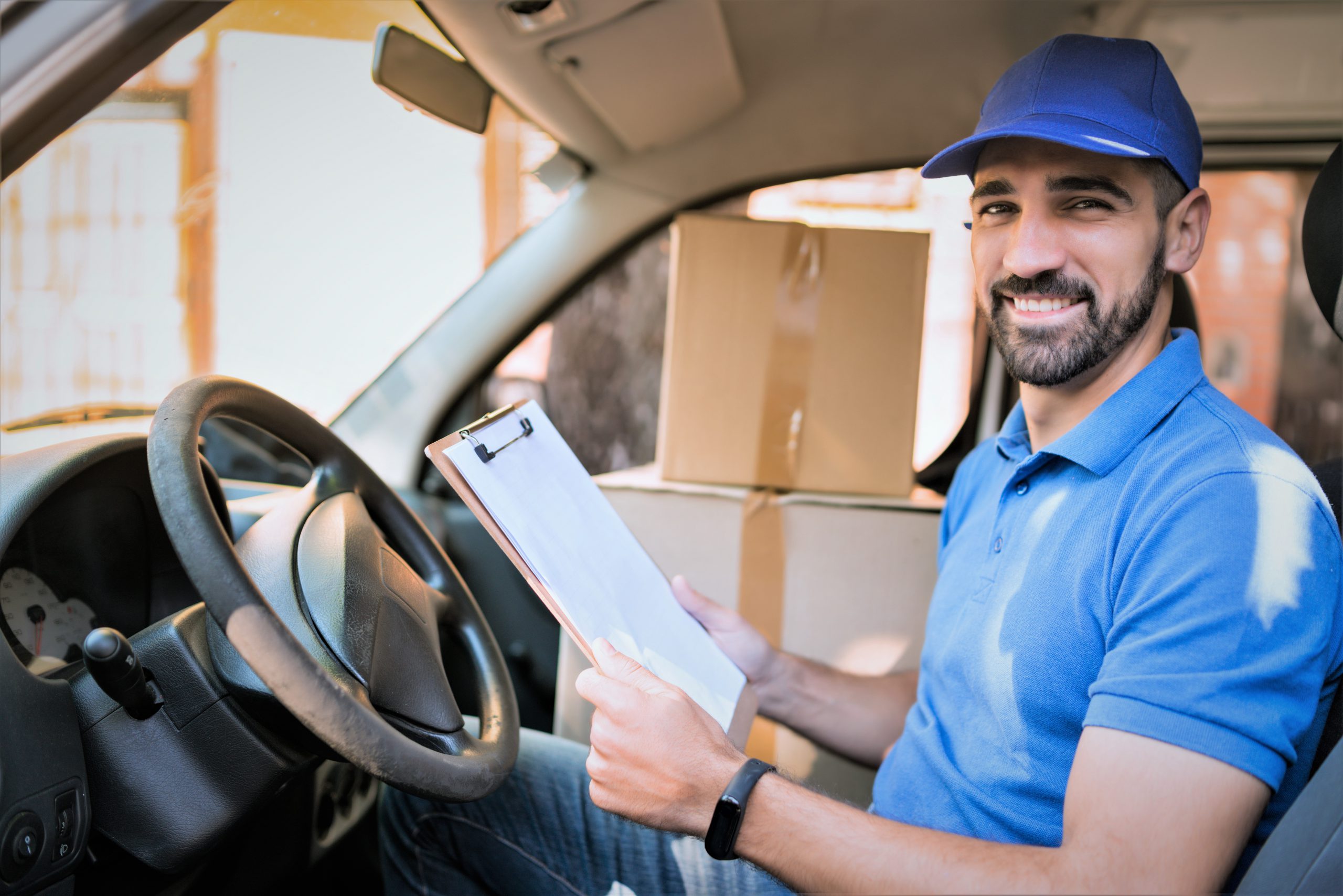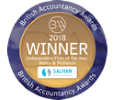The popularity of online shopping continues to grow exponentially and one of the consequences of this is a greater demand for delivery drivers. Considering the only prerequisites of becoming a delivery driver is the ownership of a vehicle and a full driver’s licence, more and more people are choosing this career path. For many, this will be the first time they’ve worked in this sector and therefore the first time they’ve been self-employed. When self-employed, issues such as self-assessment and expenses are extremely important. This is particularly true for delivery drivers, where expenses can have a substantial effect on pay.
With this in mind, what can delivery drivers claim as expenses?
Firstly, it’s important to note that expenses only apply to those drivers who are self-employed, whether that be a sole trader or someone running a limited company. However, the majority of those who work in the delivery driving sector will be self-employed.
Once you know that you are self-employed, the next step is to register with HMRC. This can be done online, with lots of guidance and help available. You will then need to complete self-assessment- before the deadline (31st October for paper forms and 31st January for online).
As you can imagine, owning and running a vehicle can incur many different costs and this is only going to increase when you use your vehicle for work. Fortunately, many of these costs can be claimed back as expenses, when completing self-assessment. These include:
- Fuel
- MOT
- Road tax
- Repairs and servicing
- Insurance and breakdown cover
- Parking and toll fees
- The cost of purchasing or leasing the vehicle
- Any interest applied to loans, taken out to purchase the vehicle
It’s important to note that drivers can only claim vehicle expenses that relate to their work. Therefore,
those that use their vehicle for both work and personal use, will have to make the relevant calculations. For example, if a vehicle use has a 70/30 split, work/personal respectively- then only 70% of your fuel costs can be expensed.
Furthermore, collecting and storing evidence, such as invoices, receipts and emails is paramount. It’s only with this information and evidence that you will be able to claim expenses when completing your tax return.
Another expense to keep in mind is capital allowances. These allow you to reduce the overall amount of tax that you have to pay by deducting the value of your vehicle from your profits. The amount that can be claimed as a capital allowance varies according to the type of vehicle you’re using.
Keeping track of all the many costs associated with purchasing and running a vehicle can be hard work, fortunately there is a simpler option available. Those who are self-employed and utilise a car, goods vehicle or motorcycle for work can use simplified expenses. This approach applies a flat rate to mileage, streamlining the overall process.
The flat rate is 45p per mile for the first 10,000 miles and then 25 per mile after that. This is reduced to 24p when applied to motorcycles.
Simplified expenses are more of a one-size-fits-all solution but they can save valuable time and effort, making them ideal for smaller, newer businesses. However, for those who want to ensure they’re keeping track of every potential expense, the more traditional method may be preferable.
There are many opportunities for new delivery drivers and couriers but the responsibility of self-assessment can be off-putting. Fortunately, there is help available. The experts at U-Deliver provide a complete tax solution, tailored to those who work in the delivery sector. You can find more information on U-Deliver and their services on their website.














